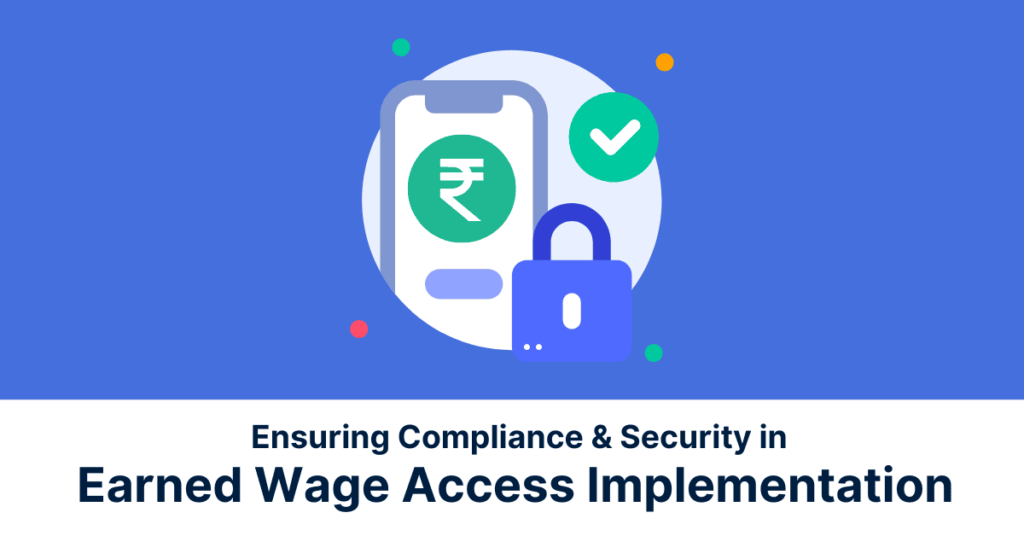Cyber Stalking: What is it and How to Avoid Falling into the Trap

In today’s digital age, the internet has become an integral part of our lives. While it offers numerous benefits and conveniences, it also comes with its fair share of risks. One such risk is cyber stalking, a form of harassment that occurs online. In this blog post, we will explore what cyber stalking is, how it can affect individuals, and provide some practical tips on how to avoid falling into its trap.
Understanding Cyber Stalking
Cyber stalking refers to the act of using the internet or other electronic means to harass, intimidate, or threaten someone. It involves repeated unwanted contact, such as sending threatening messages, spreading false rumors, or monitoring someone’s online activities without their consent. Cyber stalkers often use various online platforms, including social media, email, and messaging apps, to target their victims.
The impact of cyber stalking can be devastating. It can cause emotional distress, anxiety, and even lead to physical harm in some cases. Victims may feel constantly watched, fear for their safety, and experience a loss of privacy. It is crucial to recognize the signs of cyber stalking and take steps to protect oneself.
Recognizing the Signs
Being aware of the signs of cyber stalking is essential in order to identify if you are being targeted. Some common signs include:
- Receiving excessive and unwanted messages or emails from someone you don’t know or have no relationship with.
- Feeling constantly monitored or watched online.
- Noticing unusual changes in your online accounts, such as passwords being changed without your knowledge.
- Seeing personal information or photos being shared without your consent.
- Experiencing a sudden increase in friend requests or followers from unknown individuals.
If you notice any of these signs, it is important to take them seriously and take steps to protect yourself.
Protecting Yourself from Cyber Stalking
While it may be impossible to completely eliminate the risk of cyber stalking, there are several measures you can take to protect yourself:
1. Strengthen Your Online Security
Ensure that your online accounts have strong and unique passwords. Use a combination of letters, numbers, and symbols, and avoid using easily guessable information such as your name or birthdate. Enable two-factor authentication whenever possible to add an extra layer of security.
2. Be Mindful of Your Online Presence
Be cautious about the information you share online. Avoid posting personal details such as your address, phone number, or financial information on public platforms. Regularly review your privacy settings on social media and limit the amount of personal information visible to others.
3. Exercise Caution with Online Interactions
Be wary of interacting with strangers online, especially if they start displaying suspicious or inappropriate behavior. Avoid sharing personal information or engaging in private conversations with individuals you don’t know or trust.
4. Regularly Monitor Your Online Accounts
Regularly check your online accounts for any unauthorized activity. Be vigilant for any changes in your settings, friends list, or messages that you did not initiate. If you notice anything suspicious, report it to the platform or website administrators immediately.
5. Document and Report Incidents
If you believe you are a victim of cyber stalking, document all incidents, including messages, emails, or any other evidence. Report the harassment to the appropriate authorities, such as the police or your local cybercrime unit. They can provide guidance on further steps to take and help ensure your safety.
Conclusion
Cyber stalking is a serious issue that can have severe consequences for its victims. By understanding what cyber stalking is, recognizing the signs, and taking proactive steps to protect ourselves, we can minimize the risk of falling into its trap. Stay vigilant, be mindful of your online presence, and report any suspicious activity to ensure your safety in the digital world.






Responses